Conceal with Custom Furniture
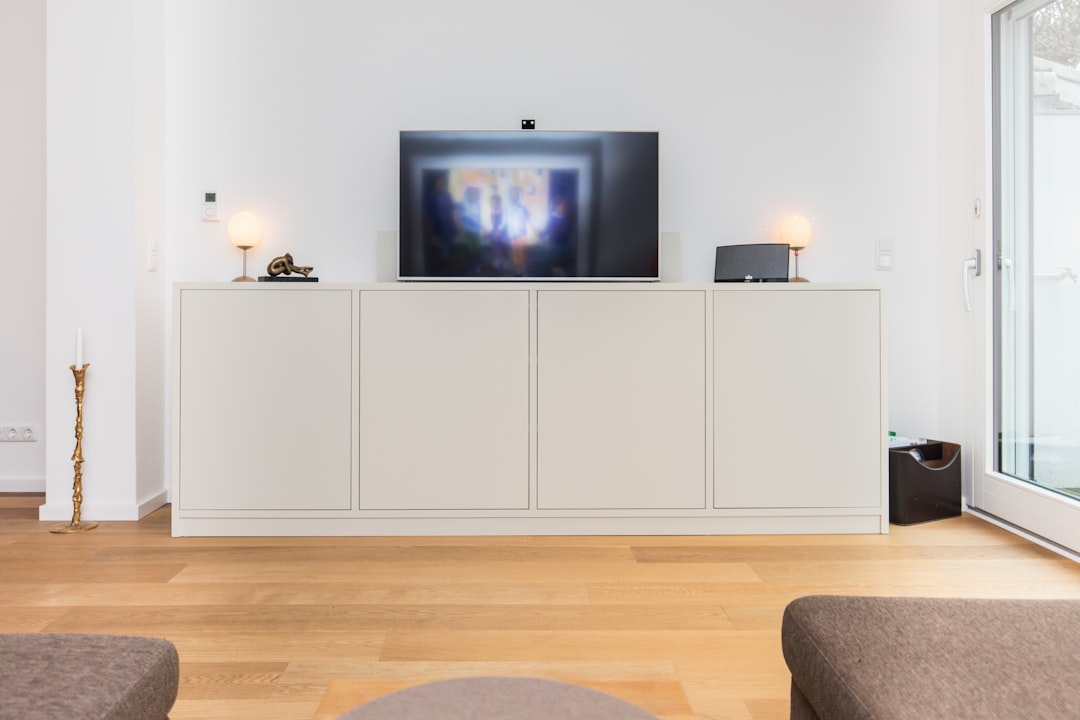
Custom furniture is leading the way for blending technology seamlessly into homes. According to a 2024 Houzz survey, over 58% of homeowners prefer built-in solutions to keep devices out of sight. Furniture makers now create TV cabinets with hidden lifts, desks with built-in charging docks, and coffee tables with concealed speakers. For example, some modern sideboards have sliding panels that hide gaming consoles and routers, keeping cords out of view. The key is selecting pieces that complement your décor while providing compartments just the right size for your electronics. By using custom carpentry, you can match the finish and style perfectly to your room, creating a look that’s both organized and elegant. Homeowners also report that built-in furniture can increase a property’s value, making it a smart investment for those thinking long-term.
Use Decorative Boxes and Baskets
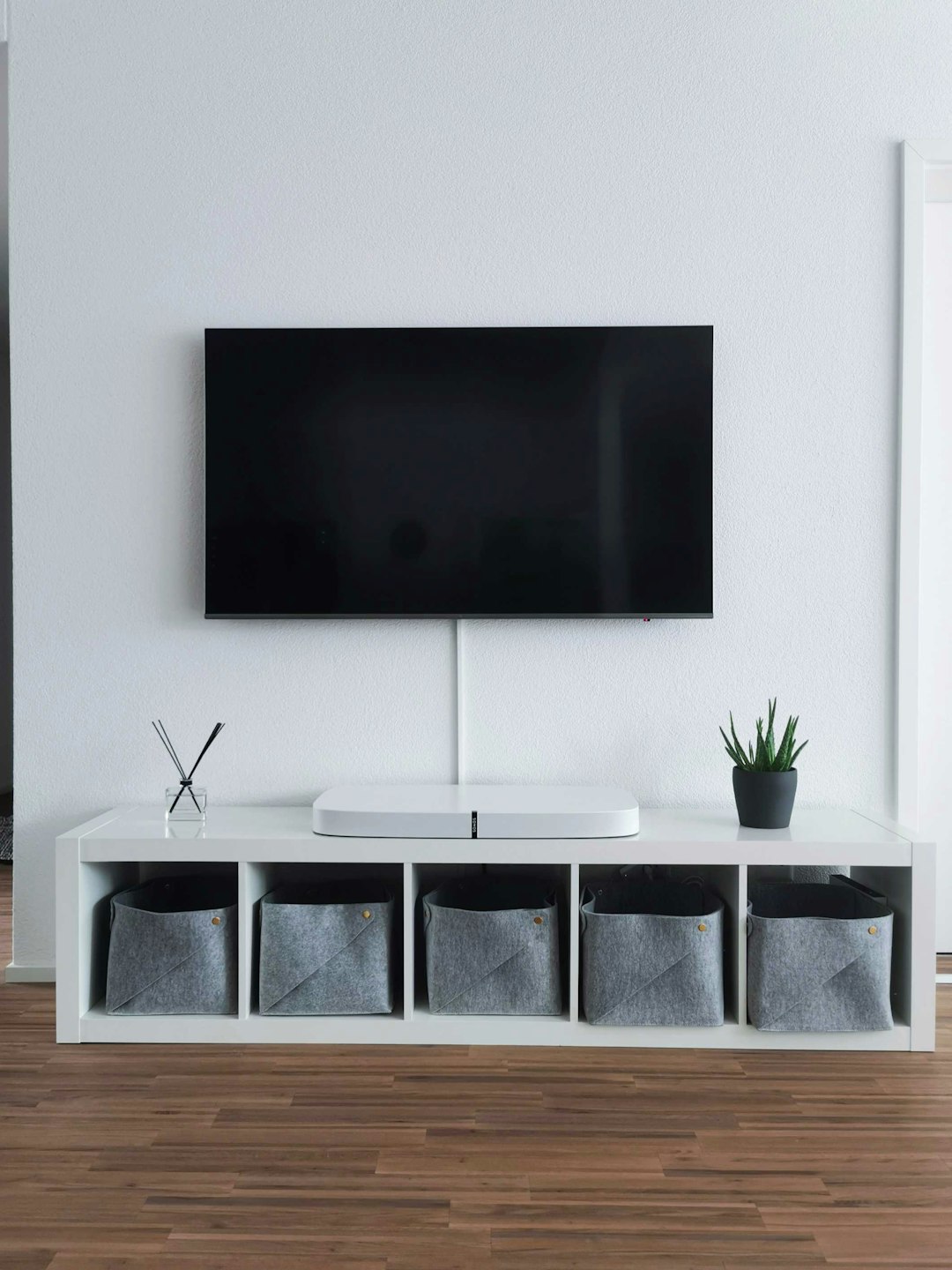
Decorative storage boxes and baskets have become a popular solution for hiding tech gear in plain sight. A 2023 report from the National Association of Home Builders found that 67% of interior designers recommend baskets for organizing electronics. Woven baskets under a console table can stash power strips, tablet chargers, and remote controls. Stylish wooden or fabric boxes on shelves can hold headphones, game controllers, or smart home hubs. The trick is to choose containers that match your existing color palette and style, so they enhance the room rather than look like afterthoughts. Many retailers now offer cable management boxes with lids designed to blend into living spaces, so even unsightly cords disappear. This method is also renter-friendly and doesn’t require any major changes to the room.
Hide Behind Sliding Panels and Artwork
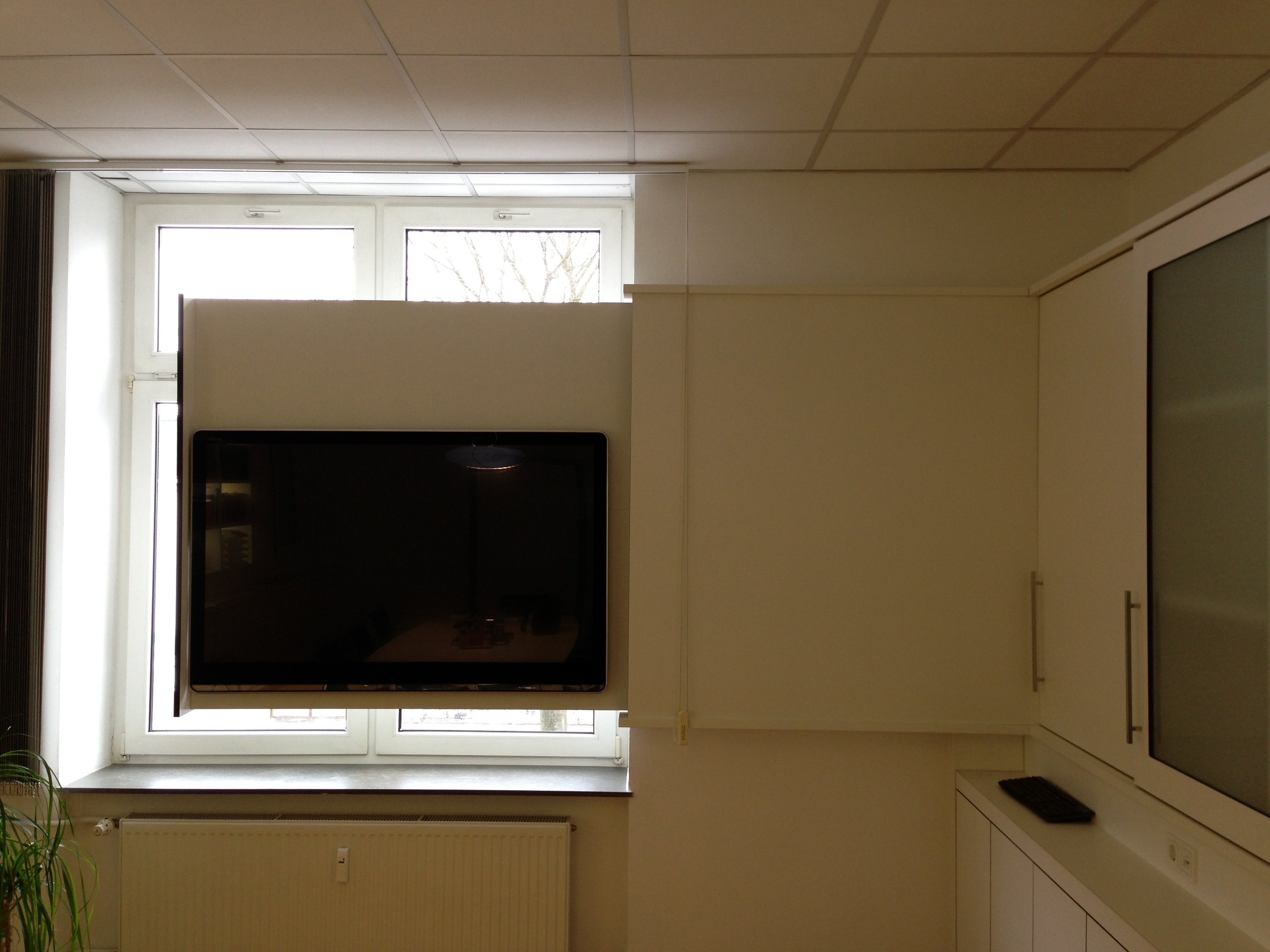
Sliding wall panels and art installations offer a sophisticated way to hide technology while making a bold design statement. In a 2024 survey by Interior Design Magazine, nearly 40% of respondents said they had hidden their televisions behind artwork or sliding doors. Some companies produce motorized picture frames that slide open to reveal a flat-screen TV or speakers. In kitchens, custom backsplash panels can hide outlets and smart displays when not in use. For a more DIY approach, you can hang a large canvas or framed print on hinges to cover wall-mounted devices. This approach lets you personalize the space with your favorite art while keeping wires and screens out of sight. It’s a creative way to combine aesthetics with practicality, especially in open-plan living areas.
Integrate Tech into Walls and Ceilings
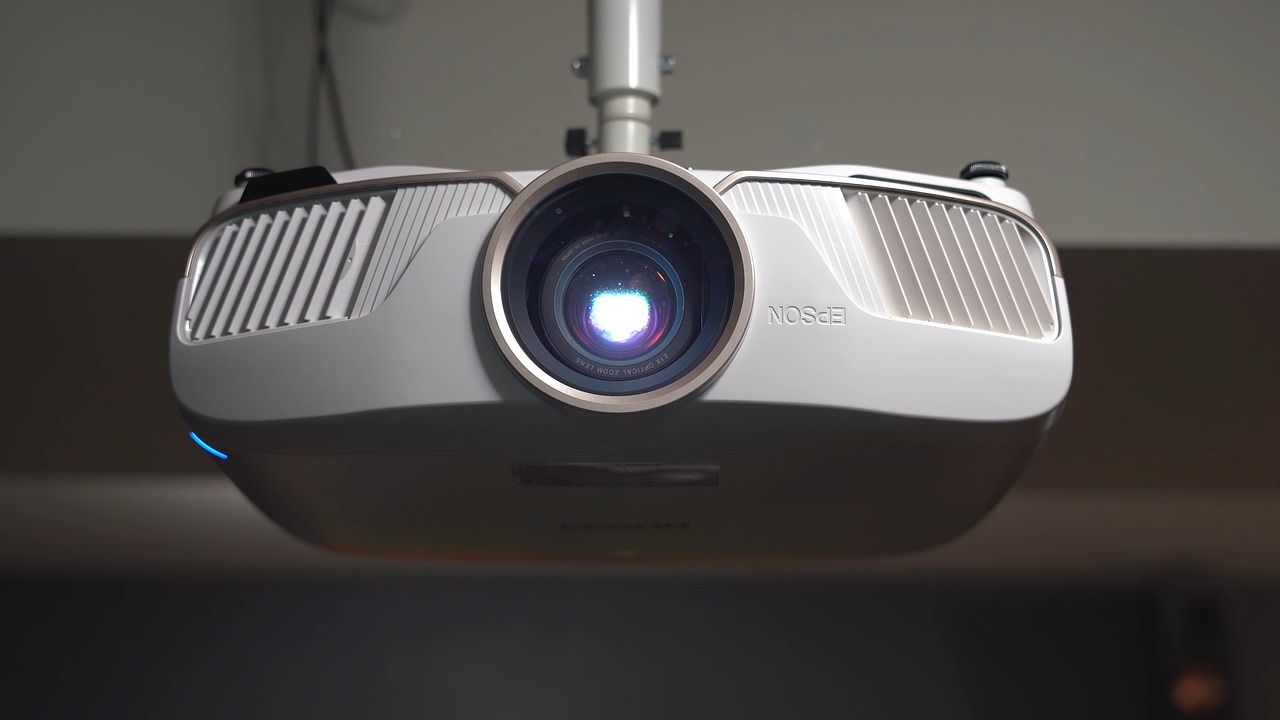
Built-in wall and ceiling solutions are among the most advanced ways to hide technology. According to a 2024 report from Smart Home World, over 30% of new luxury homes include in-wall speaker systems and recessed outlets for a seamless look. Wall-mounted tablets or control panels can be set flush with the drywall, making them nearly invisible. Ceiling-mounted projectors and drop-down screens are popular in media rooms, vanishing completely when not in use. Even wireless charging pads can now be embedded into countertops or shelves, eliminating the need for visible cords. These built-in options often require professional installation, but the result is an ultra-clean space where technology serves without dominating the design. Homeowners appreciate that this method also reduces clutter and enhances safety by keeping cords and devices away from pets and children.
Choose Multi-Functional Decor
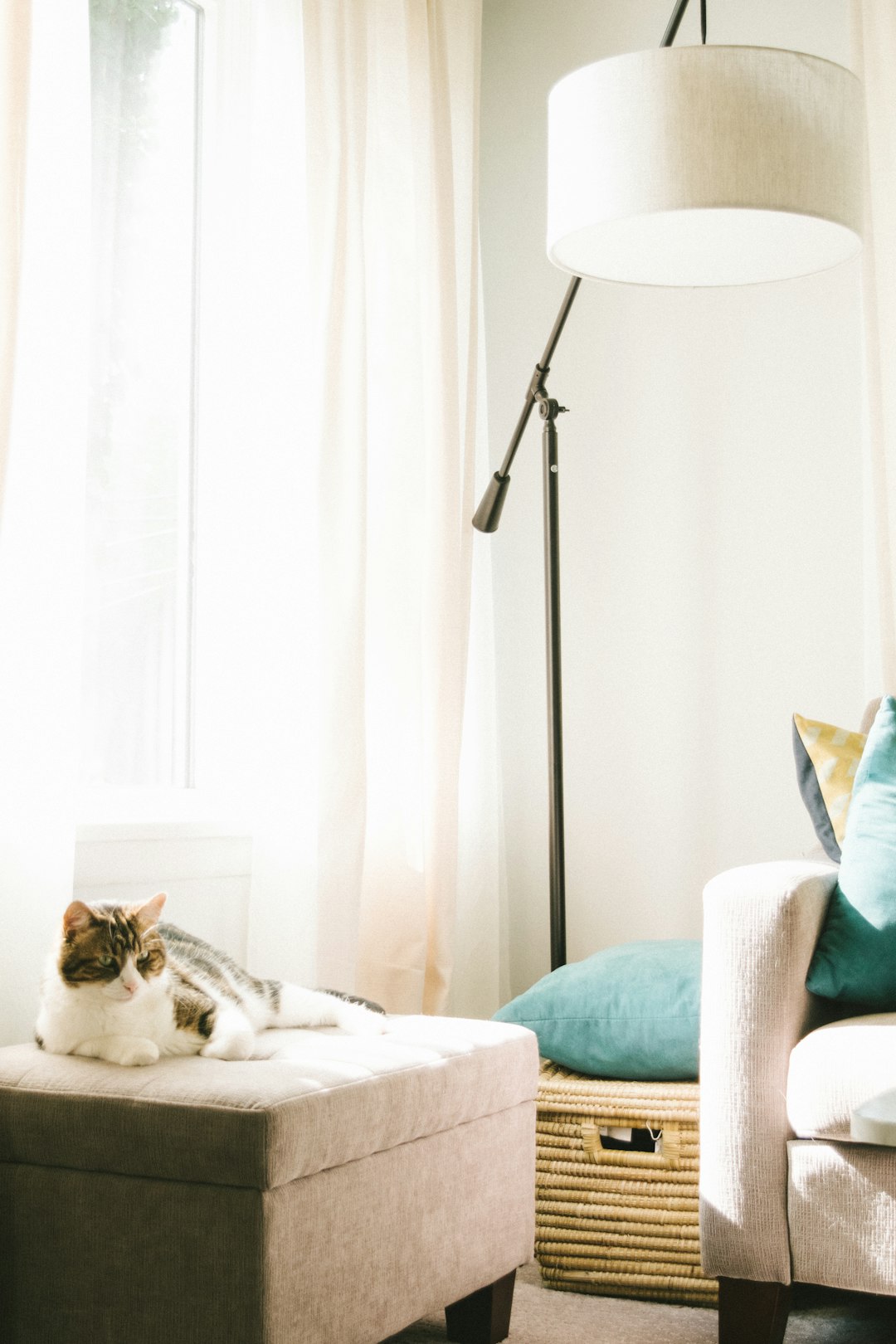
Multi-functional furniture and decor pieces are designed to blend tech with everyday usability. A 2023 study by Furniture Today found a 25% increase in sales of tables and lamps with integrated wireless charging. For example, a side table with a built-in Bluetooth speaker or a lamp with a hidden USB port keeps devices powered and connected without clutter. Ottomans or benches with hidden storage can conceal VR headsets, game controllers, or even laptops. The appeal of these hybrid designs is their ability to serve multiple purposes in a small footprint, making them ideal for apartments or smaller homes. This trend is expected to grow as more people look for ways to maximize their living space while maintaining a sleek, coordinated look.
Camouflage with Plants and Greenery
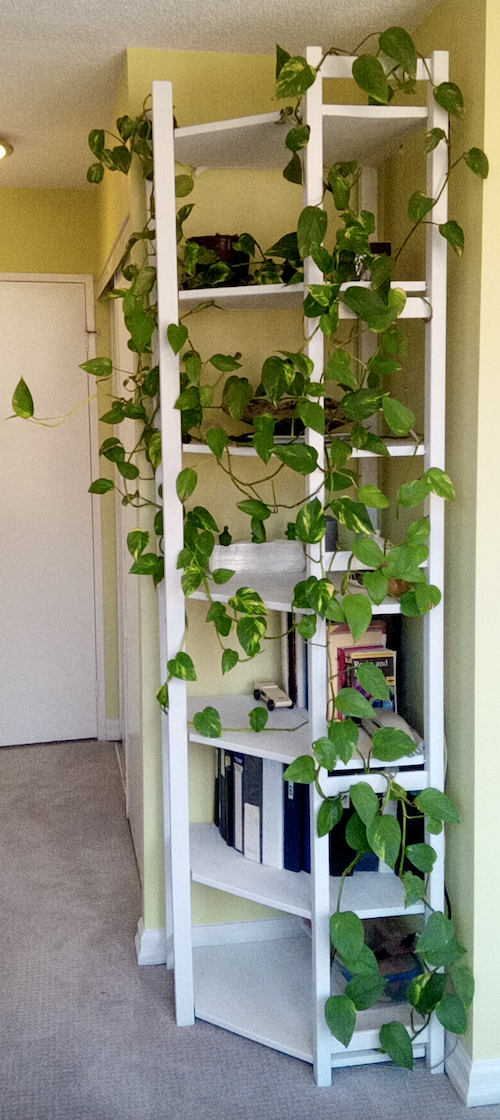
Houseplants are not just for fresh air—they can also act as clever camouflage for technology. In a 2024 Apartment Therapy poll, 45% of readers said they use plants to hide routers or speakers. Tall potted plants can sit in front of power strips or modem boxes, while cascading vines can drape over cords and outlets. Some people create small plant arrangements around speakers to soften their appearance and dampen sound. Planter boxes can be used to disguise charging stations on entryway tables. The combination of natural greenery and hidden tech adds warmth to a room, making it feel less like a showroom and more like a lived-in space. Plus, caring for plants reduces stress, so you get both beauty and wellness benefits.
Opt for Wireless and Compact Devices
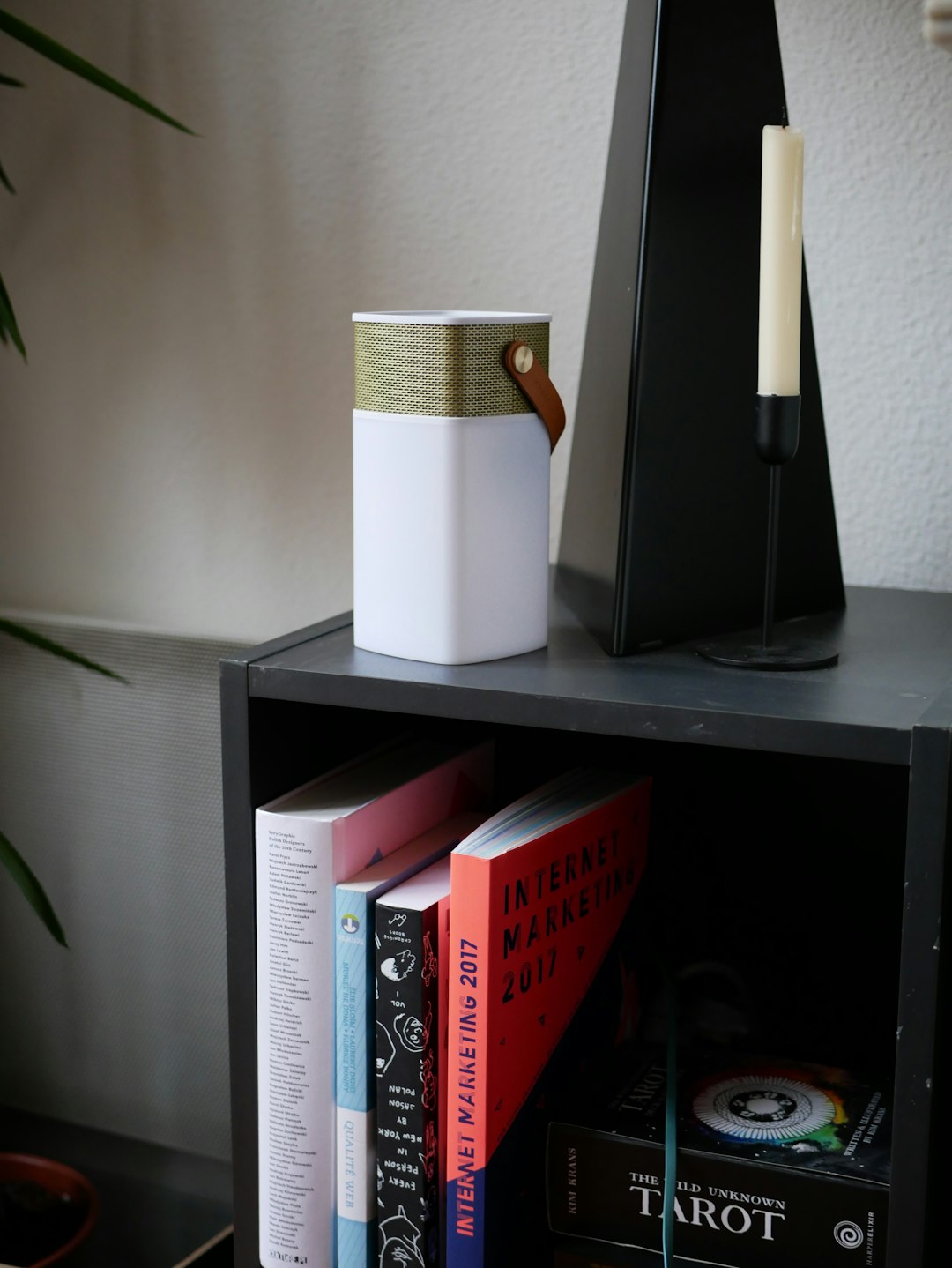
Technological advances have made it easier than ever to keep devices out of sight. According to Consumer Electronics Association data from 2024, over 60% of households now use wireless technology for audio, charging, and networking. Wireless speakers, earbuds, and smart lights eliminate the need for messy cables. Compact streaming devices and mini projectors can be tucked inside drawers or behind shelves. Even home security cameras have gotten smaller and more discreet, with some models designed to look like decorative objects. Choosing wireless and minimalist gadgets is one of the simplest ways to keep your space stylish and clutter-free. It also makes cleaning and rearranging furniture much easier, as you won’t be tethered by cords.
Organize with Cord Management Solutions
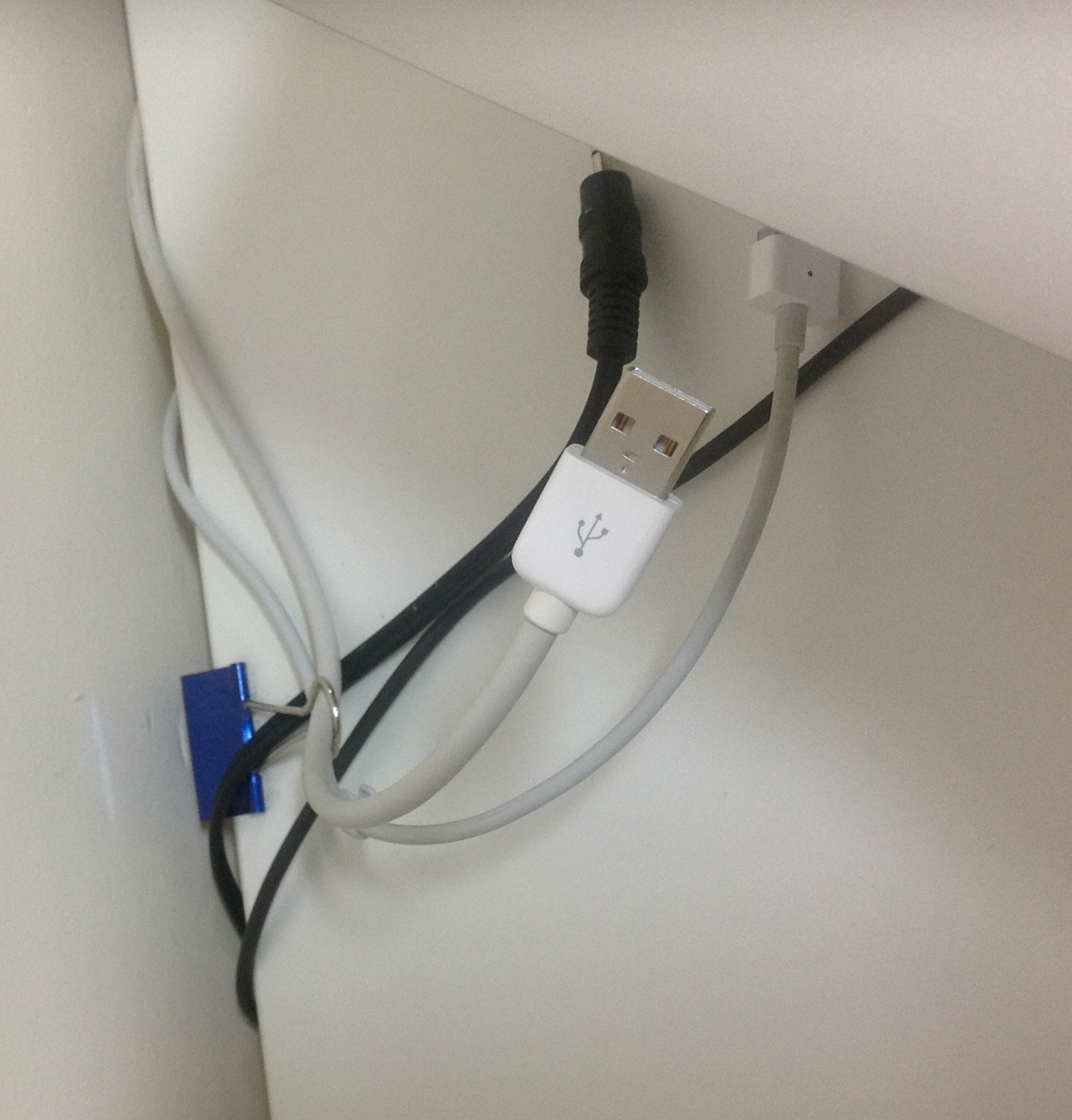
Managing cords and cables is essential for maintaining a chic, tidy environment. In a 2023 survey by The Wirecutter, 79% of respondents said visible cords were their biggest tech eyesore at home. There are now dozens of products on the market, from adhesive cable clips that stick to furniture to fabric sleeves that bundle multiple cords together. Some power strips are designed to mount under desks or behind cabinets, keeping them out of view. Furniture with built-in channels hides wires along legs or backs. Labeling cables and using color-coordinated wraps can also help maintain an organized, stylish look. Taking the time to manage cords not only improves aesthetics but also reduces the risk of tripping and makes it easier to troubleshoot tech problems.

Lena is a thoughtful and imaginative writer with a passion for storytelling across the themes of travel, environmental sustainability, and contemporary home aesthetics. With a background in cultural media and a strong visual sensibility, Anna Lena creates content that bridges inspiration with practical insight.
Her work explores the interplay between place, lifestyle, and design—guiding readers through meaningful travel experiences, eco-conscious choices, and modern approaches to living well. Known for her elegant writing style and attention to detail, she brings a fresh, human-centered perspective to every topic she covers.
Anna Lena contributes to digital publications and editorial projects where aesthetics meet purpose. Her writing not only informs but also encourages readers to live more intentionally, sustainably, and beautifully—wherever they are in the world.

